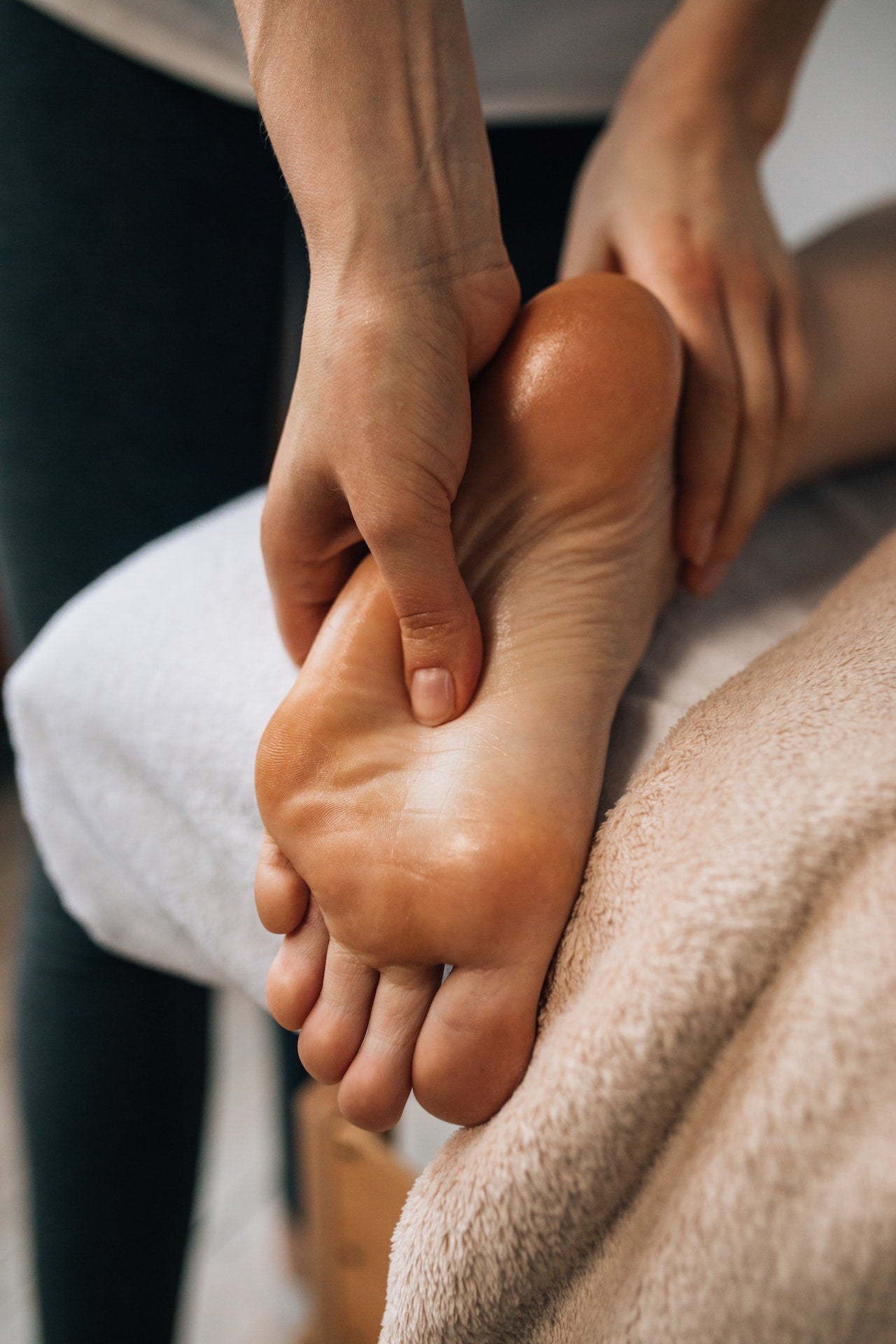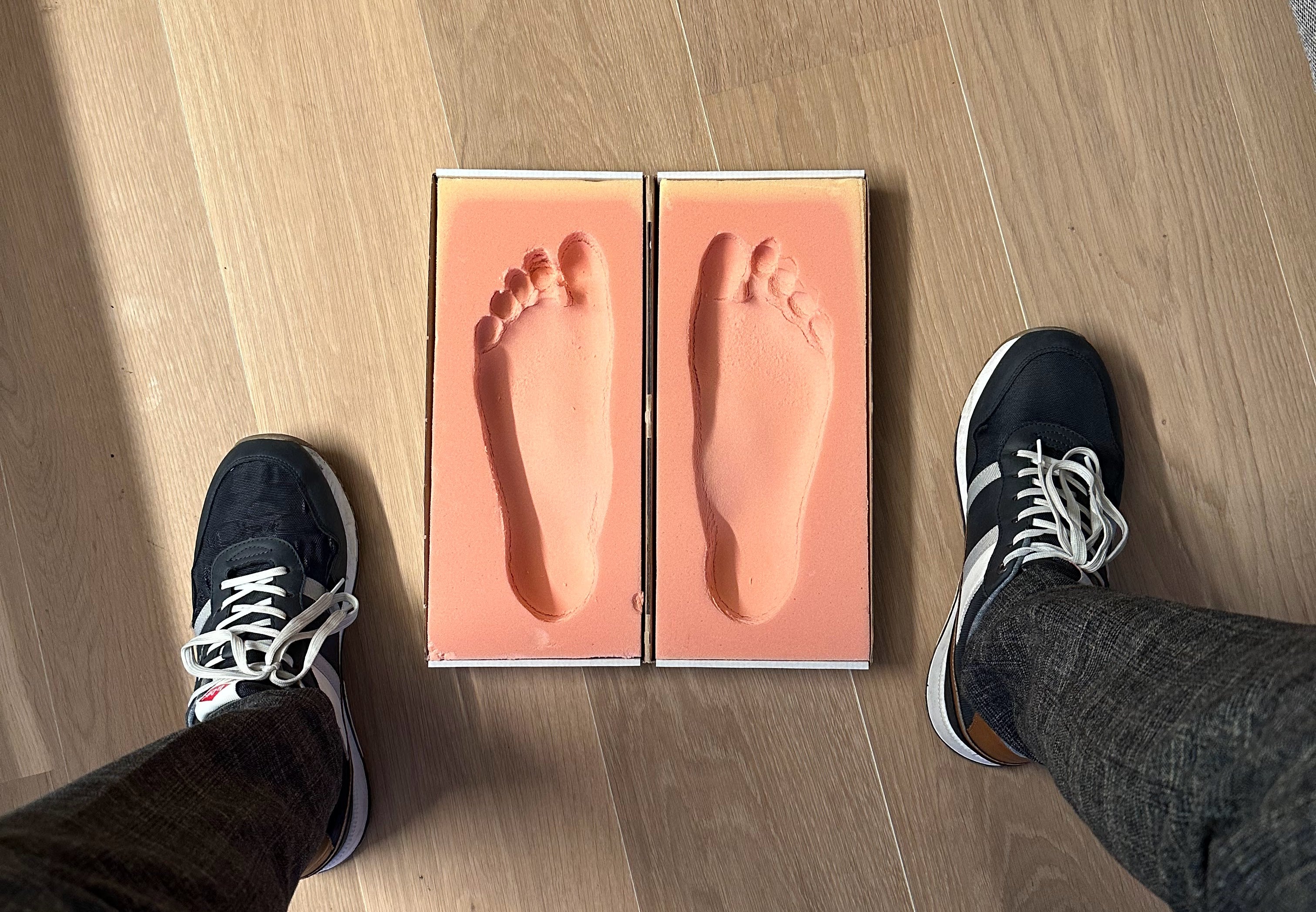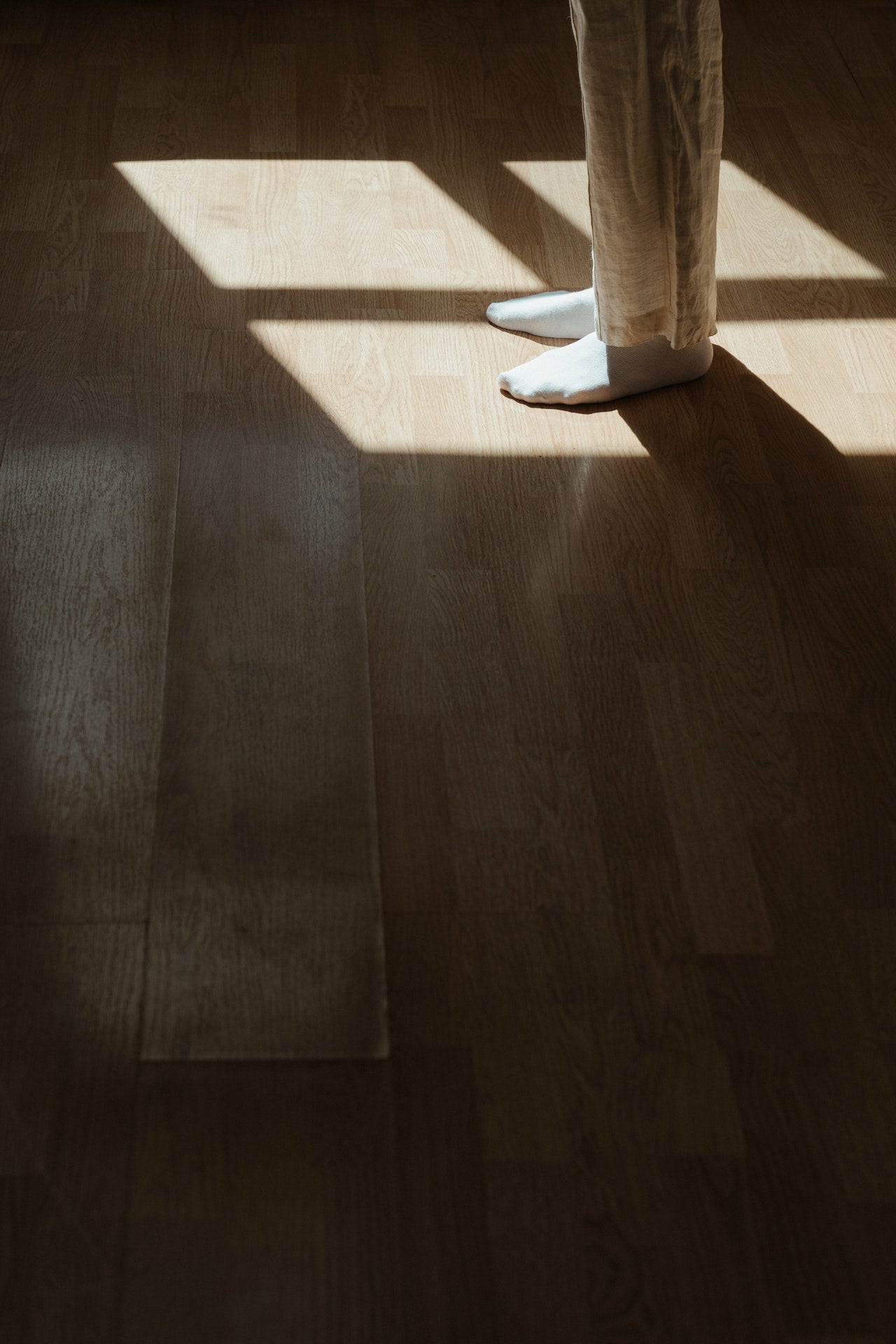Heel spurs, also known as spina calcanei, is a pain that originates at the back of the heel. It is a common problem among adults and can cause both acute and chronic pain. Fortunately, there are various treatment methods available to remedy or prevent heel spurs. In this article we will take a closer look at heel spurs, its causes, symptoms, treatment methods and prevention.
Causes of heel spurs
Heel spurs are usually caused by overloading the tendons and joints in the feet. This can be due to prolonged activities that put a lot of impact and pressure on the feet, such as running, playing sports, standing on hard surfaces and wearing uncomfortable shoes. In addition, heel spurs can also be caused by conditions such as arthritis, rheumatism, abnormalities of the feet and obesity.
Symptoms of heel spurs
The symptoms of heel spurs vary depending on the severity of the condition. Some people only experience mild pain, while others have severe and persistent pain. Below is a list of common heel spur symptoms:
- Pain in the back of the heel, which gets worse when getting out of bed or after standing or walking for a long time
- Stiffness and swelling of the heel
- A lump at the back of the heel
- Stiff and aching feet, especially in the morning
Treatment of heel spurs
There are various treatment methods available to remedy or prevent heel spurs. The most common treatment methods are:
- Rest and support: It is important to rest and support the feet to reduce pain and promote healing. This can be done by wearing comfortable shoes with good support and using heel cushions or orthotics.
- Physical therapy: Physical therapy can help strengthen the muscles and tendons around the heel and reduce pain. Exercises such as stretches, foot exercises, and massage can help treat heel spurs.
- Ice treatment: Applying cold compresses to the heel can help relieve pain and swelling. It is important not to put the ice directly on the skin, but to wrap it in a cloth to prevent burns. Pain relievers: Over-the-counter pain relievers, such as ibuprofen or acetaminophen, can help reduce pain and inflammation. Injections: In some cases, heel spurs can be treated with injections, such as corticosteroids or botulinum toxin. Surgery: In exceptional cases, when other treatment methods are ineffective, heel spurs can be treated with surgery. This includes removing the nodules or strengthening the tendons and muscles around the heel.
Heel spur prevention
To prevent heel spurs, it is important to take a number of steps to reduce the load on the feet. Below are some preventive measures:
- Wear comfortable shoes with good support. Soles insoles and footwear can help with this
- Avoid running on hard surfaces
- Regularly perform exercises for the feet and ankles to strengthen the muscles read some exercises on our website
- Monitor your weight
- Avoid wearing heels or narrow-topped shoes
- Massage and stretch your feet and ankles regularly
Heel spurs are a common problem among adults, but fortunately there are various treatment methods available to prevent and prevent the pain. It is important to take heel spur symptoms seriously and develop a treatment plan with your doctor or physical therapist to achieve the best results.





Leave a comment
All comments are moderated before being published.
This site is protected by hCaptcha and the hCaptcha Privacy Policy and Terms of Service apply.